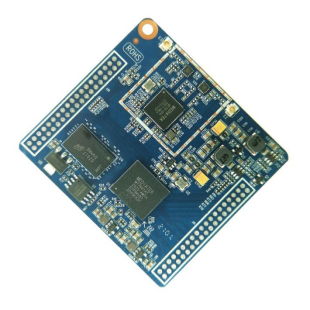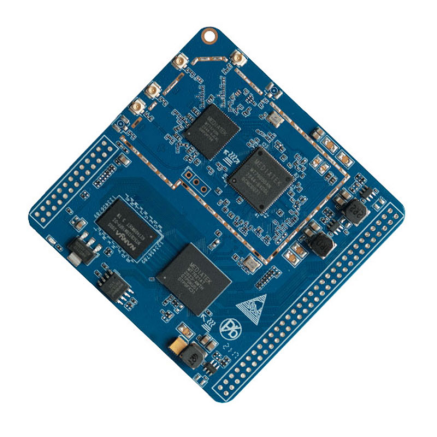With the advent of WiFi6, there arises a crucial question whether it needs to enable compatibility with WiFi5. As WiFi6 promises enhanced performance and speed, it is essential to evaluate the benefits and drawbacks of backwards compatibility with the previous generation technology. This article analyzes the necessity of WiFi6 being compatible with WiFi5 and its impact on future wireless networking technologies.
By enabling compatibility with WiFi5, WiFi6 ensures a smooth transition for users who have not yet upgraded to WiFi6-enabled devices. This allows devices using both WiFi5 and WiFi6 to communicate seamlessly, preventing any interruptions in the network. Moreover, WiFi6 compatibility provides backward compatibility with legacy devices that may not support the latest wireless standards, enabling users to continue using their existing devices without any connectivity issues.
Enabling WiFi6 compatibility with WiFi5 helps optimize network performance. WiFi6 introduces features such as Orthogonal Frequency Division Multiple Access (OFDMA) and Target Wake Time (TWT), which enhance network efficiency by enabling simultaneous transmission to multiple devices and enhancing power-saving capabilities. By ensuring compatibility with WiFi5, the benefits of these advancements can be extended to a wider range of devices, leading to a more efficient wireless network ecosystem.
One of the key considerations in transitioning to a new wireless technology, such as WiFi6, is the cost associated with infrastructure upgrades. Enabling WiFi6 compatibility with WiFi5 can significantly reduce deployment costs, as it eliminates the need for an immediate upgrade of all devices and networking equipment. This provides a cost-effective approach for organizations and individuals looking to adopt WiFi6 while ensuring compatibility with existing WiFi5 devices.

While WiFi6 compatibility offers numerous advantages, it also has some drawbacks. Supporting WiFi5 compatibility increases the complexity of implementing WiFi6, as it requires accommodating different standards and ensuring seamless communication between devices using different technologies. Moreover, WiFi6 compatibility may limit the full potential of the latest technology, as backward compatibility often restricts advancements and optimizations specifically designed for WiFi6 devices.
During the transition period from WiFi5 to WiFi6, compatibility becomes crucial for a smooth migration. Users who have invested in WiFi5 devices may need time to upgrade their infrastructure and replace their existing devices with WiFi6-compatible ones. By ensuring compatibility, WiFi6 allows for a phased approach to upgrades, minimizing disruptions and providing a seamless user experience during the transition period.

As wireless technology continues to evolve, WiFi6 compatibility with WiFi5 raises questions about the future compatibility of upcoming wireless standards. While it is crucial to ensure a smooth transition for users, there is a need to strike a balance between backward compatibility and enabling the full potential of new technologies. Future wireless standards may necessitate a gradual shift towards supporting the latest technology exclusively, leading to discontinuation of backward compatibility.
The question of whether WiFi6 needs to enable WiFi5 compatibility is a complex one. While WiFi5 compatibility has undeniable advantages in terms of user convenience, network performance, and deployment costs, it also poses challenges in terms of complexity and restricting WiFi6 advancements. Considering the transition period and future technology advancements, a balanced approach may be necessary to ensure a smooth transition while enabling the full potential of WiFi6 and forthcoming wireless networking technologies.
 Trolink Joint With Tuya to Make Iot Benefit Every Family
Trolink Joint With Tuya to Make Iot Benefit Every Family
 WiFi モジュールを選択するために知っておくべき 5 つの主要な指標 !
WiFi モジュールを選択するために知っておくべき 5 つの主要な指標 !
 IOTモジュールはスマート製品の頭脳です
IOTモジュールはスマート製品の頭脳です
 What is the signal coverage range of the WiFi module chip?
What is the signal coverage range of the WiFi module chip?